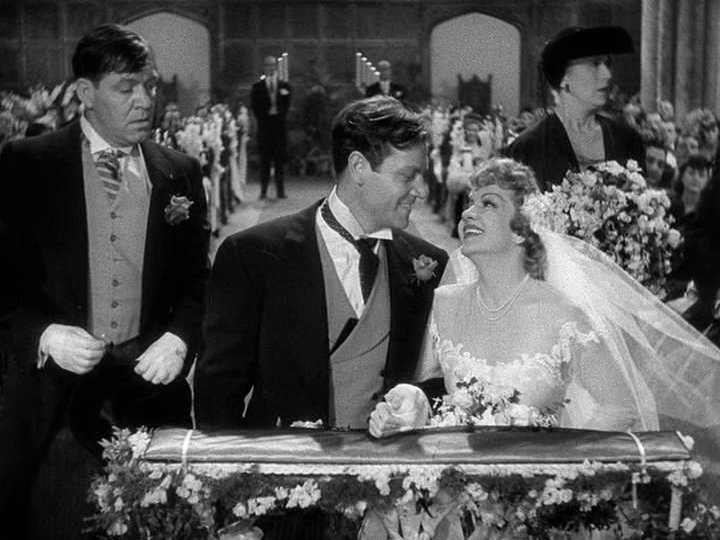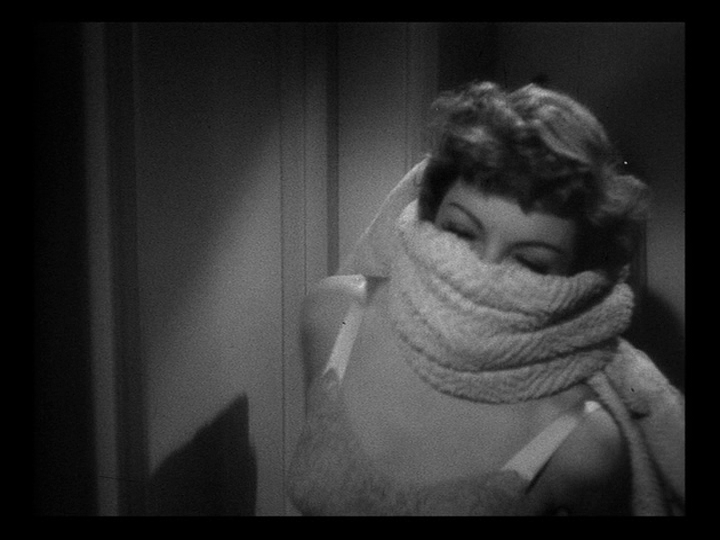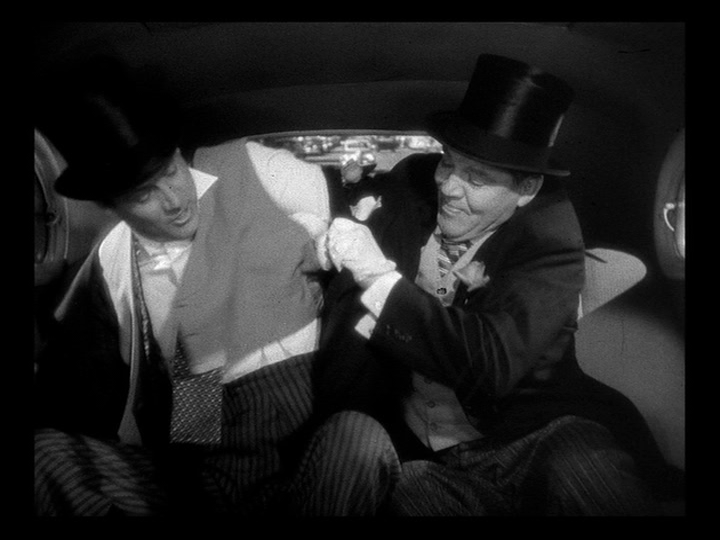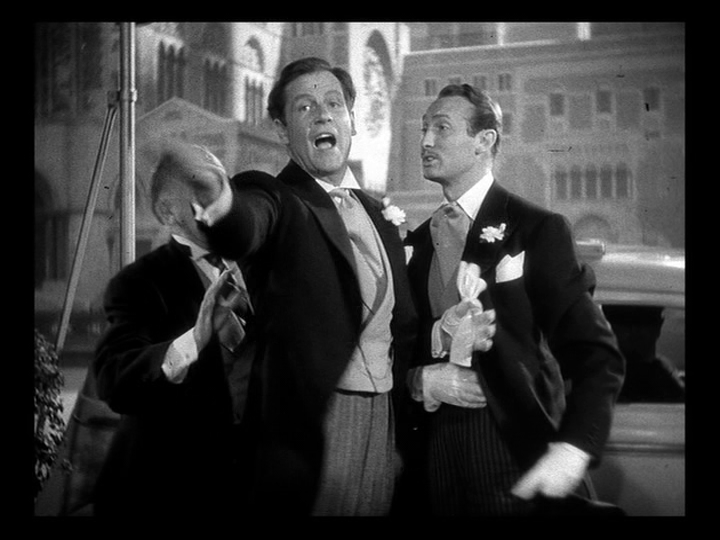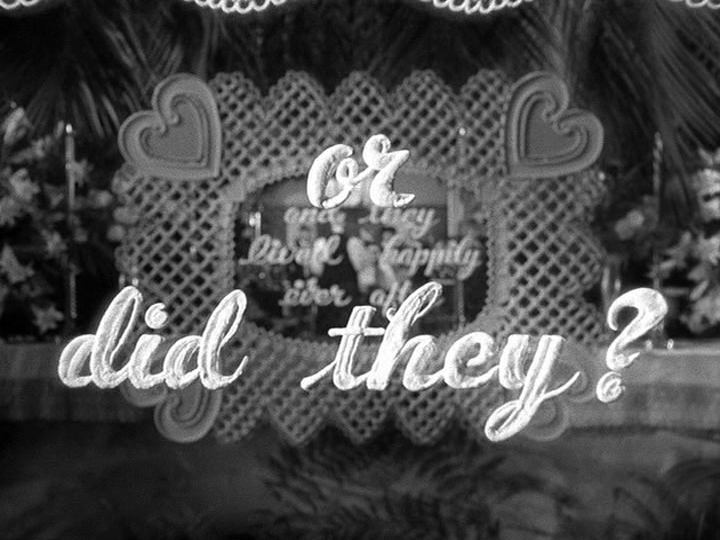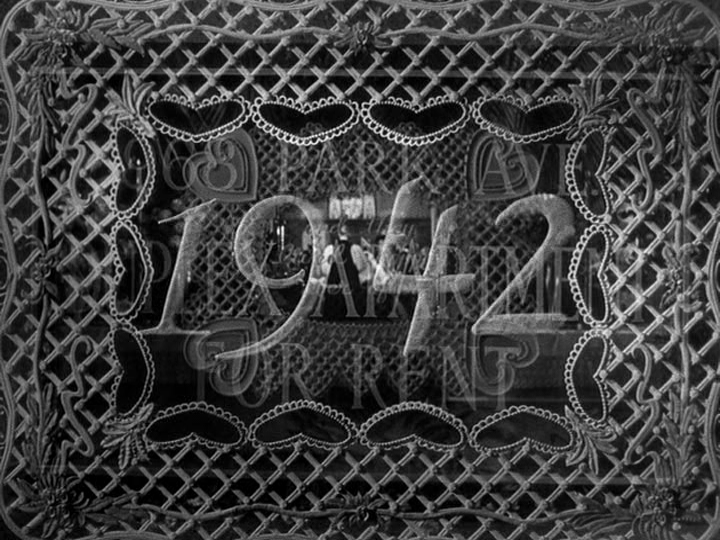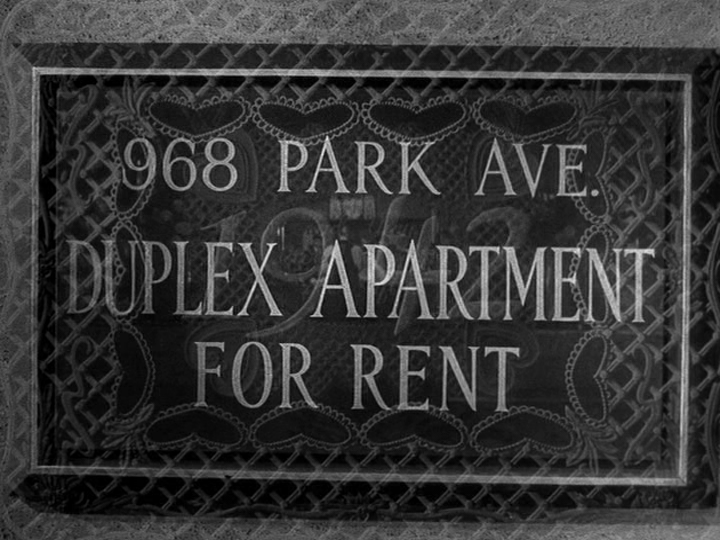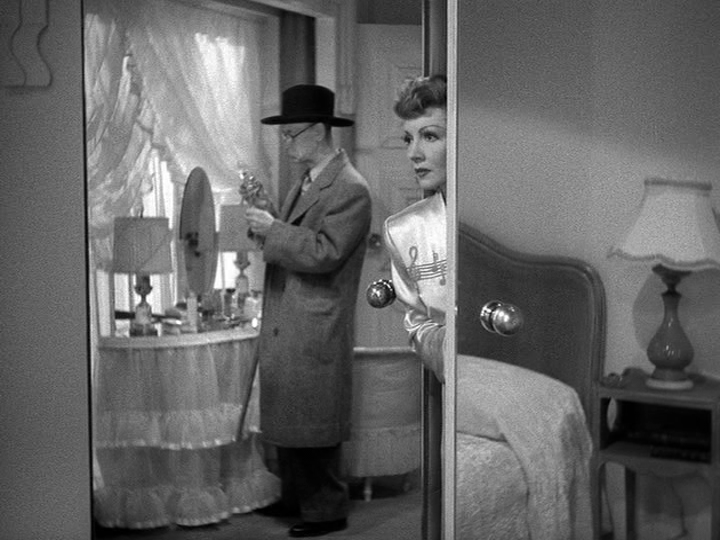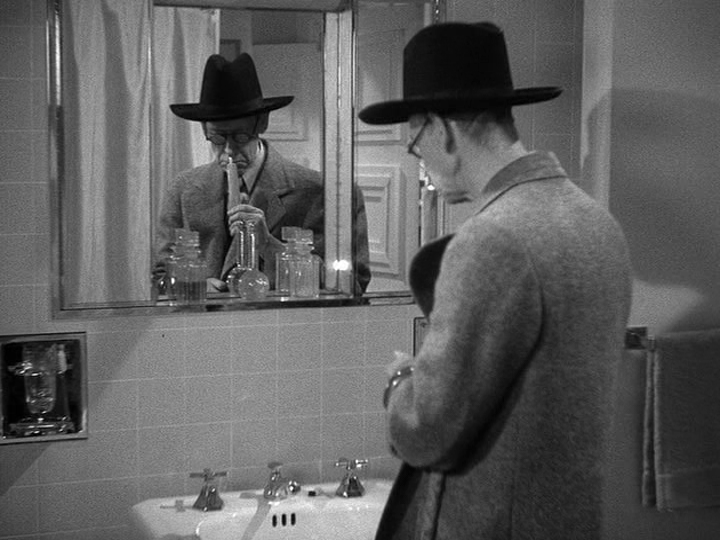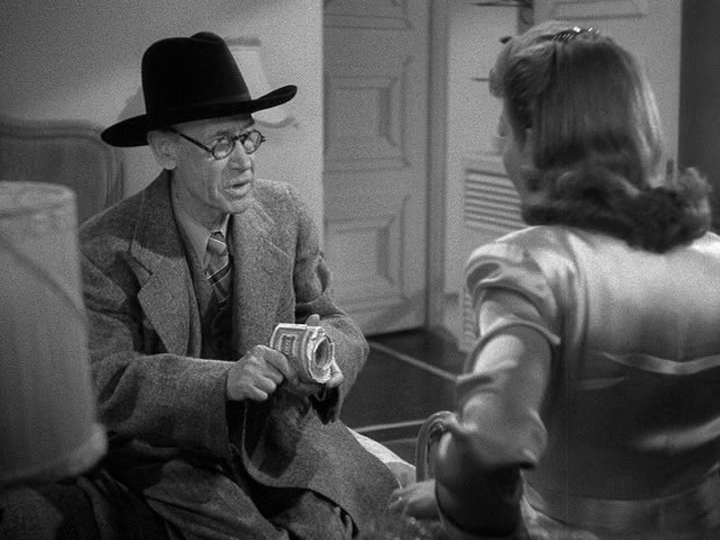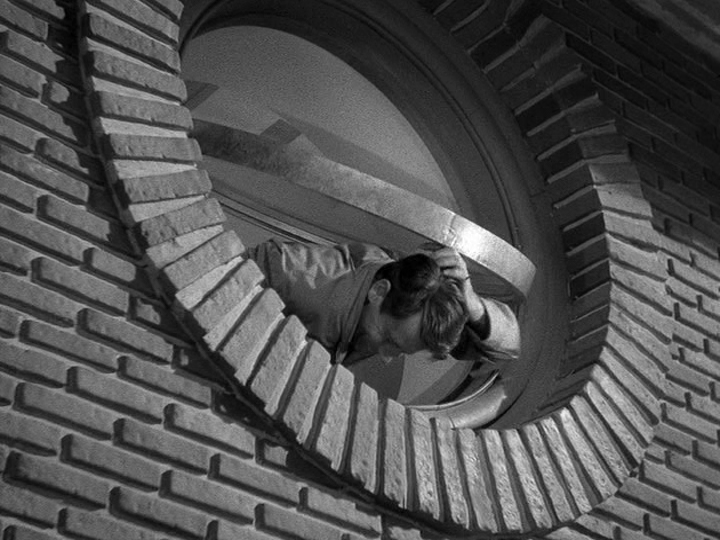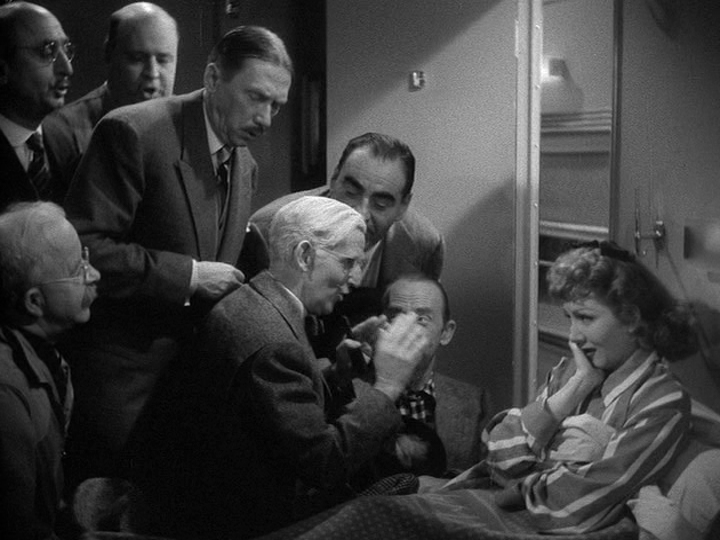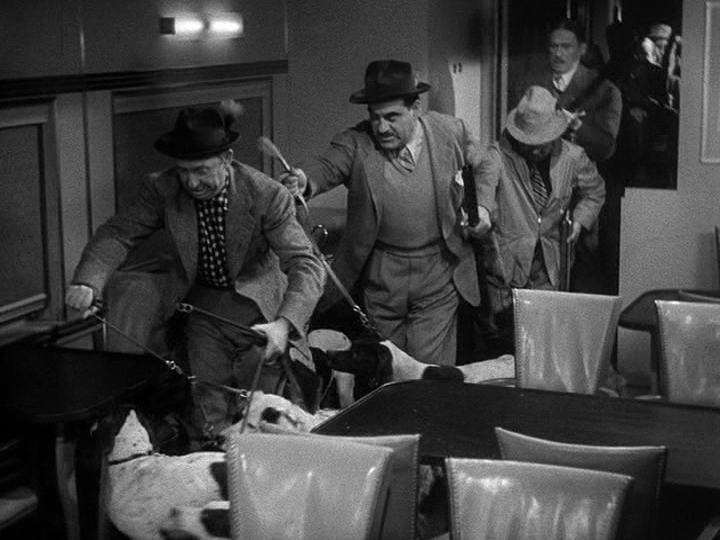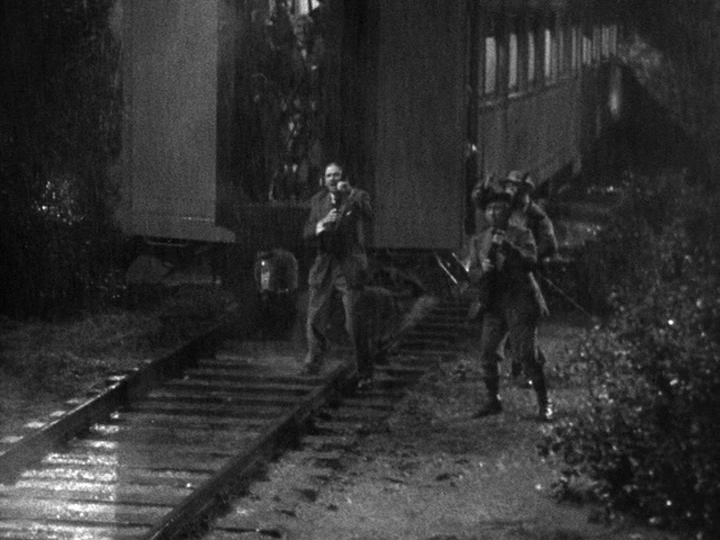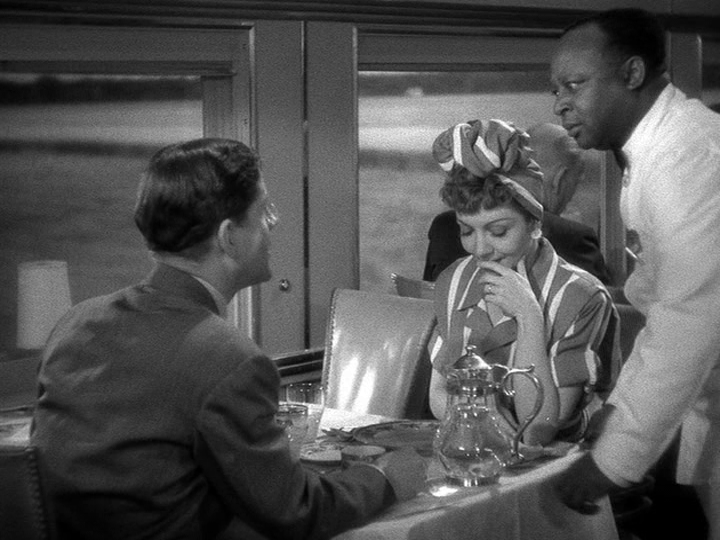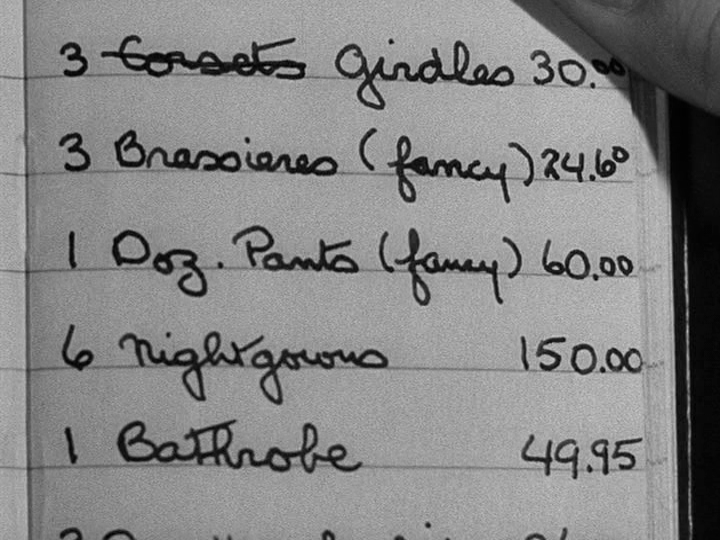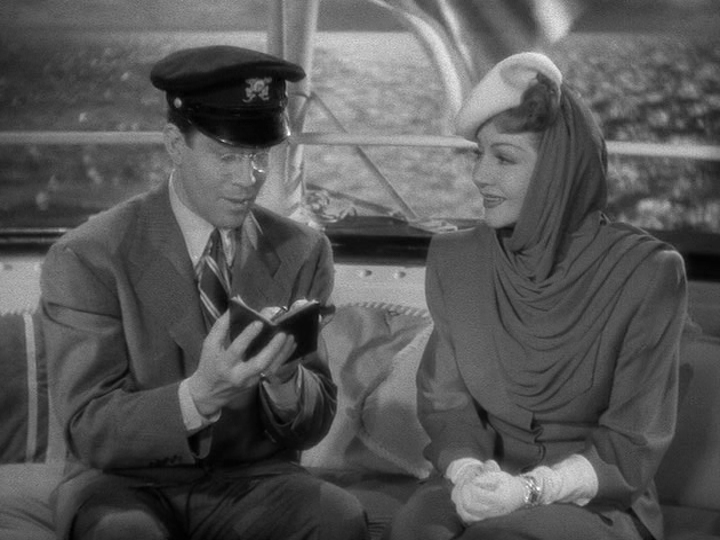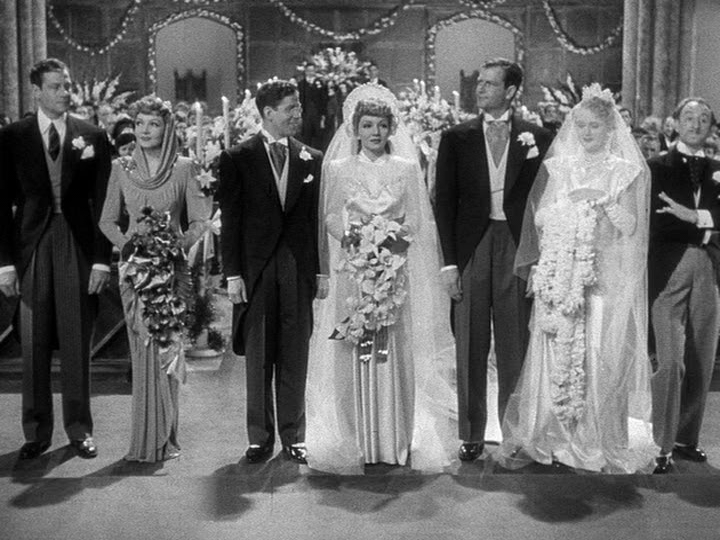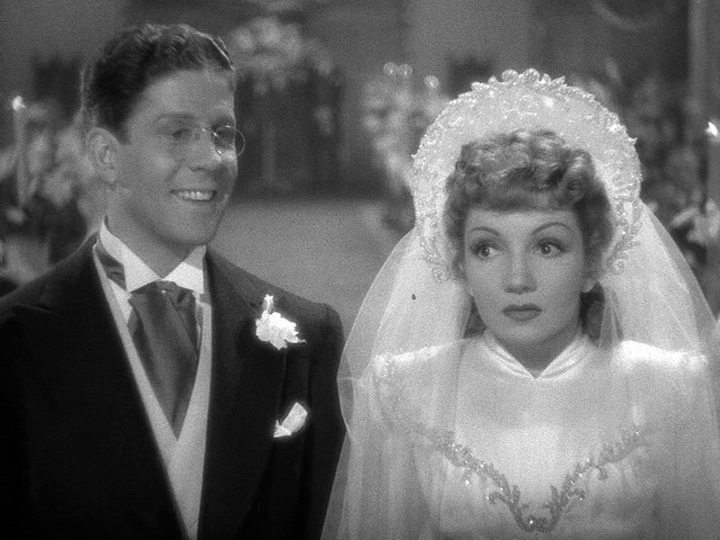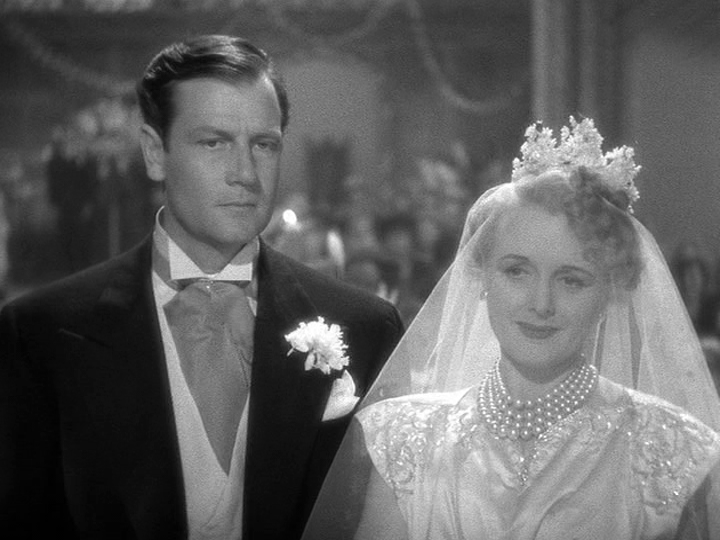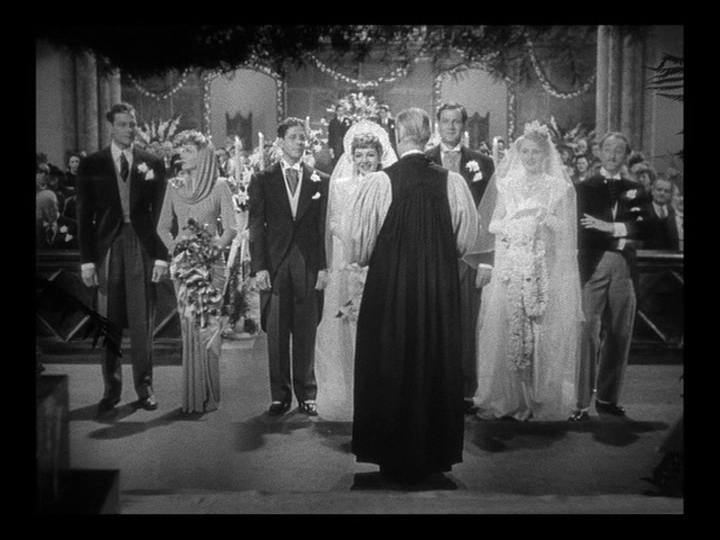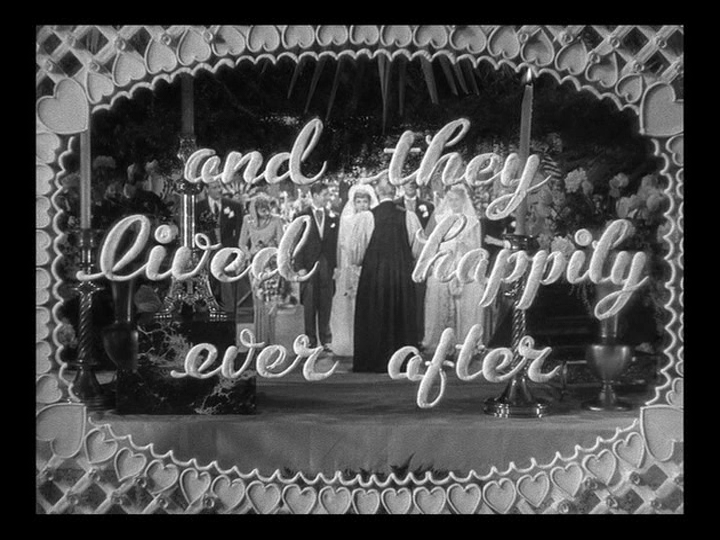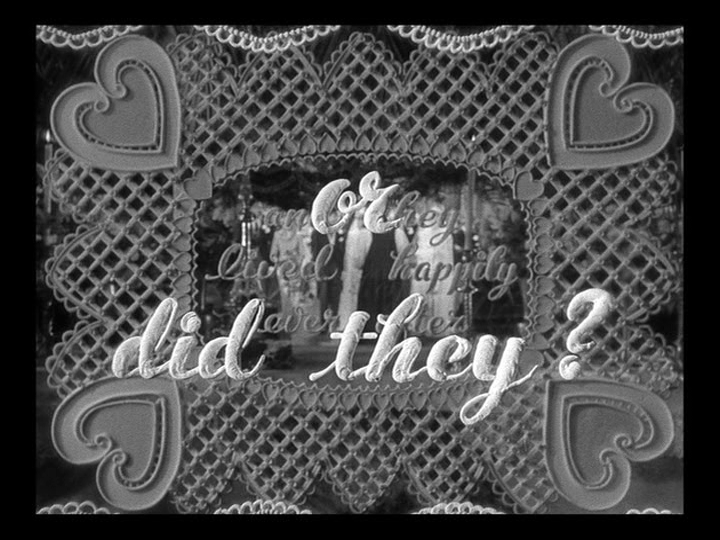I don’t think I’ve ever made it to *February* 15 without filing my taxes, let alone Tax Day, but April is nonetheless a fine time to celebrate one of my all-time favorite movie props, the notebook in which J.D. Hackensacker III (Rudy Vallee) aka “Snoodles” from The Palm Beach Story writes down all of his expenses:
In honor of the Ale and Quail Club that he and Gerry Jeffers (Claudette Colbert) encounter on their way to Florida, this month’s drink is my favorite beer cocktail, the Campari & IPA Spritzer. I know about this elegantly simple concoction thanks to Anjali Prasertong from The Kitchn. She, in turn, spotted it in a 2011 New York Times article called “Summer Cocktails Made Simpler” in which author Robert Willey attributes it to Tucson bartender Cieran Wiese. Meanwhile, my brother-in-law Simon pointed out on Instagram that the cult favorite summer sipper the NASCAR Spritz follows the same formula. I suppose one of the lessons here is that the provenance of a highball is always going to be murky! Another is that the specific ingredients you choose count for a lot when there are only two (or three of you include the garnish) total, and to me this is the perfect showcase for my original favorite beer, Dogfish Head 90 Minute IPA, which emerged as a star of the American craft brewing scene right as I came of drinking age. Here’s how you make it:
1 1 /2 ozs. Campari
6 ozs. IPA (Dogfish Head 90 Minute)
Add Campari to a chilled glass containing two or three ice cubs. Slowly pour in the beer and gently stir a few times to combine. Garnish with a lemon slice.
You don’t want just any IPA here–you need something with a lot of character to stand up to the Campari. You’re also looking for citrus, but not too much. Enter 90 Minute IPA, which is malty and piney and delicious on its own, but even better with a boost of sweetness and texture. While this definitely is a refreshing beverage, the high ABV and strong flavors will keep you warm when a cool breeze blows, which makes it perfect as a way to unwind after work on a spring evening or for a rainy night like the one Hackensacker and Gerry travel south on. But first, here’s a picture of my Preston Sturges: The Filmmaker Collection DVD box set by Universal:
The Palm Beach Story is also available for rental on a variety of streaming video platforms.
The seeds for that fateful train journey are planted years earlier. The Palm Beach Story begins with one of cinema’s great opening credits sequences, a silent retelling of the frantic hours leading up to Gerry’s marriage to Tom Jeffers (Joel McCrea), who may or may not be the man she intended to wed. You see, although it concludes with the two of them about to exchange vows:
They both had to beat a doppelgänger to the church. Gerry accomplishes this by locking hers in a closet:
While Tom (dark tie) and his best man (no mustache) may just have had better luck with cabs than their counterparts (light tie, no mustache):
As Lisa Sternlieb writes in her American Shakespeare article “He Isn’t Exactly My Brother”: Shakespearean Illogic in The Palm Beach Story,” when these identical twins reappear at the end of the film following Tom’s comment “that was another plot entirely,” we are meant to suspect that he’s referring to the idea that “the Claudette Colbert who is gagged and locked in a closet has wanted to marry the Joel McCrea who marries her sister while the Joel McCrea who doesn’t make it to the church on time has wanted to marry the Claudette Colbert who marries his brother.” So who knows if Tom and Gerry (yes, like the cartoon cat and mouse) intended to marry each other at all? Given these uncertain beginnings, it’s hardly a surprise that the shot of the two of them is followed by title cards that say “and they lived happily ever after . . . or did they?”
These are followed additional titles in the same font which establish the year of the main action as 1942, five years after the wedding we just witnessed, and two dissolves to first a sign advertising an apartment for rent, and then a group of people getting off an elevator:
One of them is an old man played by Robert Dudley who, seemingly detecting that the apartment isn’t empty, uses what Stuart Klawans calls “his dog’s senses” in Crooked, But Never Common: The Films of Preston Sturges “to track the female presence he picks up”:
When she finally confronts him, he reveals that he’s the inventor of the Texas wienie (“lay off ’em, you’ll live longer”) and thus in possession of a bankroll that Preston Sturges’s screenplay (as published in Four More Screenplays by Preston Sturges) describes as big enough “to choke a crocodile”:
He gives her enough money to take care of all her debts because it makes him feel young again “to do a little favor for such a beautiful lady.” She can’t wait to tell Tom the good news, but he fails to appreciate it as such: “I mean, sex didn’t even enter into it,” he says sarcastically, to which Gerry replies, “but of course it did, darling!” And then, “sex always has something to do with it. From about the time you’re about so big . . . “
” . . . and wondering why your girl friends’ fathers are getting so arch all of a sudden.” She is, of course, talking about The Look: “you know, ‘how’s about this evening, babe?'”
Their night eventually ends as all nights should with a boozy dinner and lovemaking, but she wakes up the next morning determined to capitalize on her youth and good lucks while they still last to secure a more comfortable future her herself and her husband. After a bit of business with a round pivot window that Chevy Chase and National Lampoons’s Christmas Vacation (the subject of my December, 2023 Drink & a Movie post) director Jeremiah S. Chechik were presumably familiar with:
Gerry’s off to Palm Beach to secure a divorce courtesy the wealthy members of the Ale and Quail club, who, given enough “subtle” hints, would never leave a lady stranded. One of them is even chivalrous enough to loan her the pajamas that inspired this month’s drink photo:
Here they are serenading her with “Sweet Adelaide” later that evening:
Then engaging in some harmless indoor trap shooting:
And finally, their sexual hopes frustrated, turning into what Klawans calls “a parody of a lynch mob”:
This sequence, which Alessandro Pirolini aptly describes in The Cinema of Preston Sturges: A Critical Study as being “as narratively useless as it is visually exhilarating,” ends with the conductor of the train cutting the Club’s private car (and all of Gerry’s clothes) loose:
Luckily, by this time Gerry has already met cute Hackensacker, a thinly-veiled caricature of John D. Rockefeller III, by crushing his pince-nez glasses while attempting to climb into the sleeping car bunk above his:
“Just pick off any little pieces you see, will you?” he says, ever the good sport. It’s at breakfast the following morning when we meet his notebook. Having turned her borrowed pajamas and a Pullman blanket into an almost presentable ensemble, she finds him in the dining car pouring over the menu.
“The thirty-five cent breakfast seems the best at first glance, but if you analyze it for solid value, the fifty-five center is the one.” They eventually settle on one seventy-five cent breakfast each with a la cart prairie oysters to start–“make mine on the half-shell,” he instructs the waiter.
While they wait for their food, he proposes that they get off the train in Jacksonville to buy her “the few little things” she needs, then proceed the rest of the way to Palm Beach (where he is going as well) by boat. Hackensacker dutifully records each purchase in his book:
Including a piece of jewelry that the screenplay describes as “a ruby bracelet and then some”:
The dissonance between Hackensacker’s profligacy and scrupulousness understandably makes Gerry nervous. “I keep feeling that two men with butterfly nets are going to creep up behind you and lead you away,” she worries. The revelation that he’s actually the richest man in the world is followed by a punchline which hits close to home for someone like me who can’t ever quite manage to stick to a budget: “I write things down, but I never add them up.”
Meanwhile, following his own encounter with the old man who Manny Farber described (in a New Republic essay included in Farber on Film: The Complete Film Writings of Manny Farber) as possessing “the quality of a disembodied spirit, believably a pixie–or ‘The Wienie King,'” Tom is en route to Palm Beach himself via plane to intercept Gerry. The “enchanted figures who continually grant Tom and Gerry’s spoken and unspoken wishes” are just one of the ways that, per Sternlieb, “The Palm Beach Story intricately engages with the mechanics and actively opposes the logic of Shakespearean comedy, particularly its obsession with transformation and metamorphosis.” Gerry and Hackensacker meet Hackensacker’s sister, Mary Astor’s Princess Centimillia (an underrated Sturges name!) aka Maud and her hanger-on Toto (Sig Arno), and Tom is waiting on shore as all of them disembark. Gerry introduces Tom as her brother, prompting more than one person to comment on their supposed familial resemblance. To again quote Sternlieb:
In order to love Shakespeare’s comedies, we must continually suspend our disbelief so that we can fully appreciate boys dressed as girls dressed as boys or love at first sight or soliloquies that can’t be overheard on stage, but Sturges asks the opposite of us. He asks us to notice that people are always willing to believe anything, always eager to create their own reality, always ready to form opinions of us based on nothing at all. He asks us to notice that most of us are living in Cloud Cuckoo Land, and in Cloud Cuckoo Land people will always see what isn’t there. When Gerry introduces the Hackensackers to her ‘brother’, first Maud then Snoodles exclaims, ‘You look exactly alike’. We are constantly performing or being asked to perform to meet others’ uninformed expectations, but what a relief when we can finally be ourselves.
From here it’s not long before we’re basically right back where we started. The Princess wants to make Tom her eighth husband (“I’m thinking of an American–at the moment, it seems more patriotic”), but he has eyes only for Gerry, who Hackensacker attempts to seduce by singing to her outside her window:
Unfortunately for him, it just drives Gerry back into Tom’s arms:
They come clean about their true relationship the next morning. “I don’t suppose you have a twin sister. . . . ” Hackensacker says mournfully to Gerry, but of course she does! And Tom has a twin brother. Cut to all of them (and Toto, in a nice touch) at the alter:
The shot which follows is deceptively advanced for its era, as discussed by VFX artists The Corridor Crew starting at the 10:26 mark of this video–there’s a fairly straightforward duplicated shot (you can see the seem easily here because part of Rudy Vallee’s shadow is missing), but the camera is moving in a way that would have been difficult to coordinate with 1940s technology. Anyway, neither Gerry’s sibling nor Tom’s looks particularly happy to be here:
And as the camera tracks back, The Palm Beach Story ends with the same two title cards that set its plot in motion:
‘Round and ’round and ’round we go! Sturges originally wanted to call the film Is Marriage Necessary? That title didn’t survive the Hayes Office, but the sentiment did surely did. His cynicism, like the bitterness in a Campari & IPA Spritzer, goes down easy, though. So hit play again, why don’t you, and pour yourself another! It’s good for what ails you.
Cheers!
All original photographs in this post are by Marion Penning, aka my loving wife. Links to all of the entries in this series can be found here.



